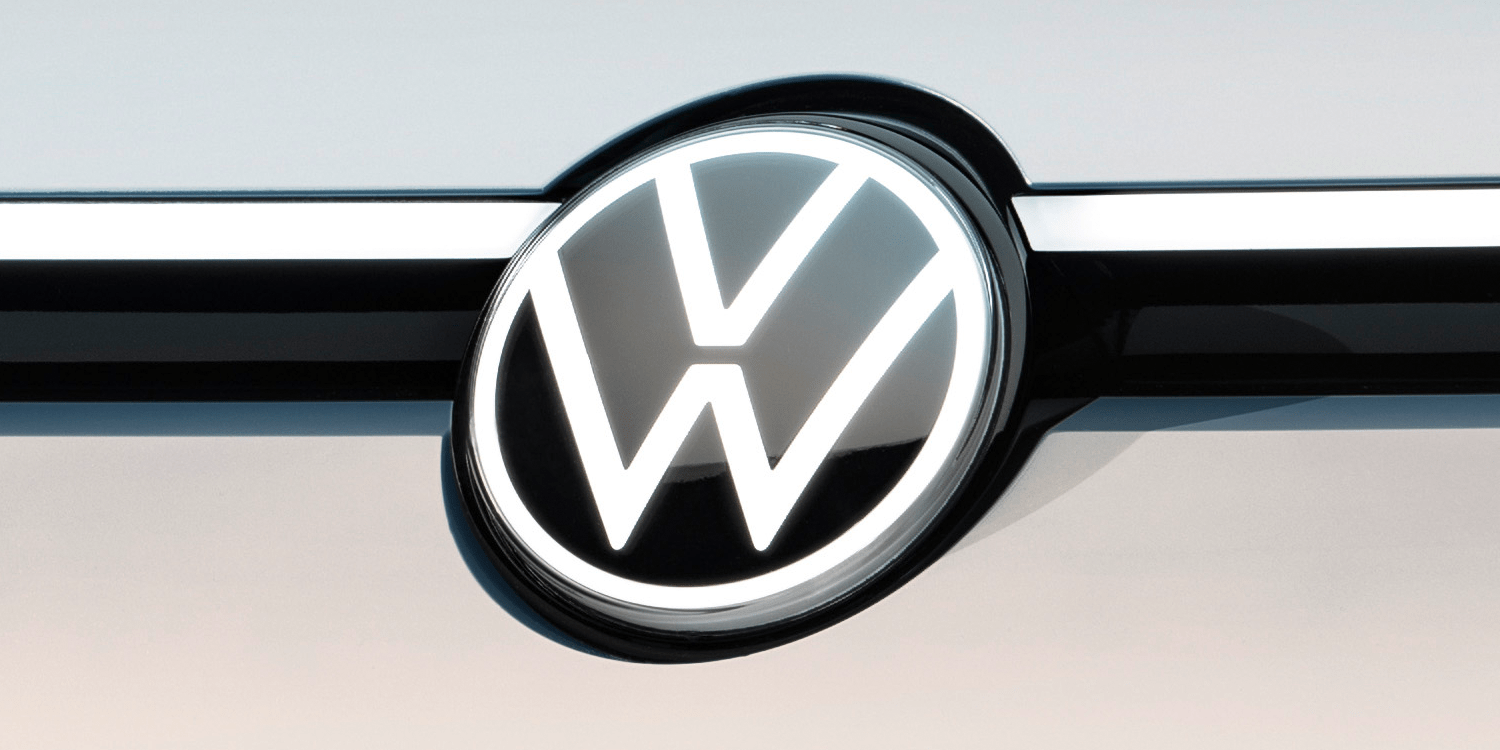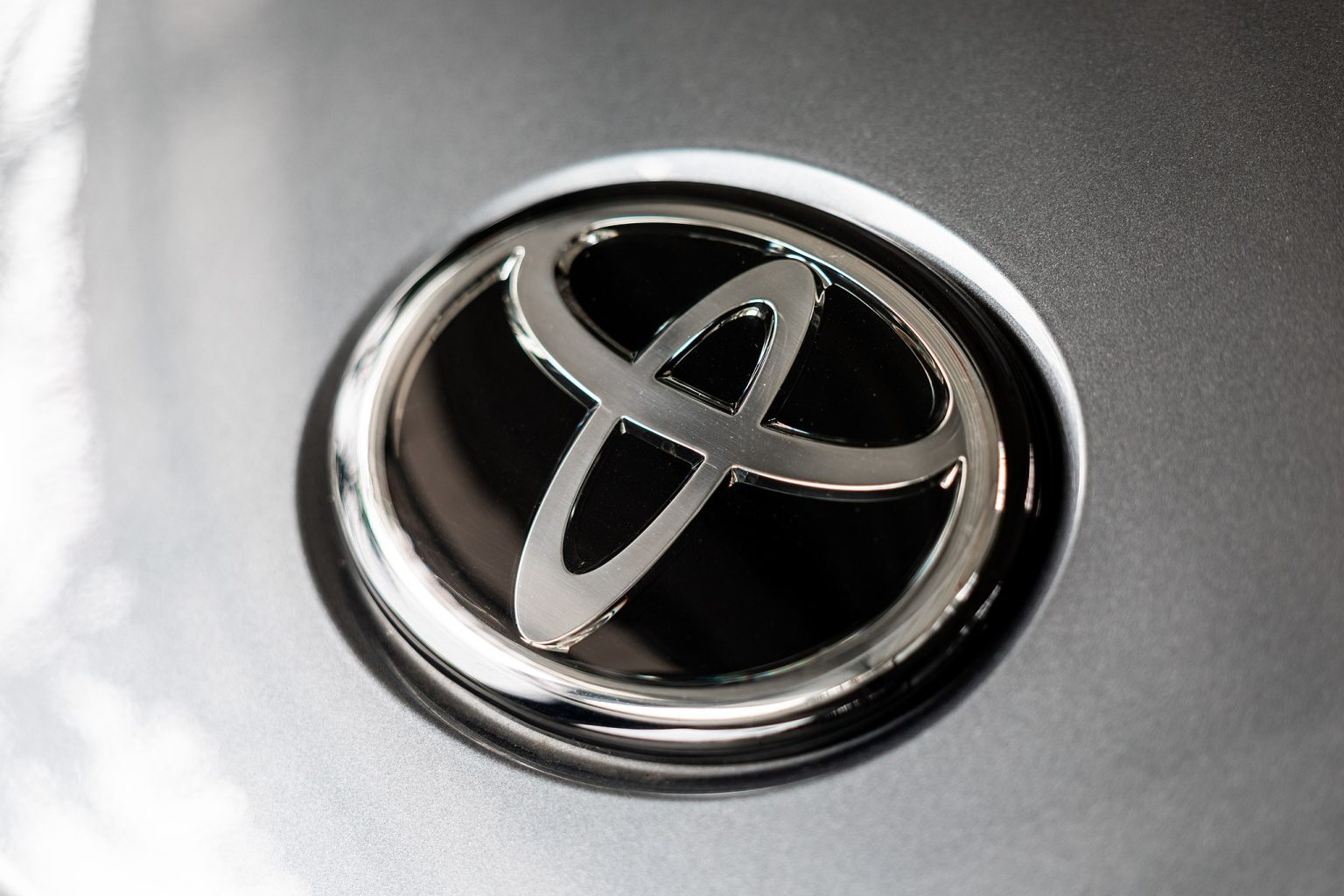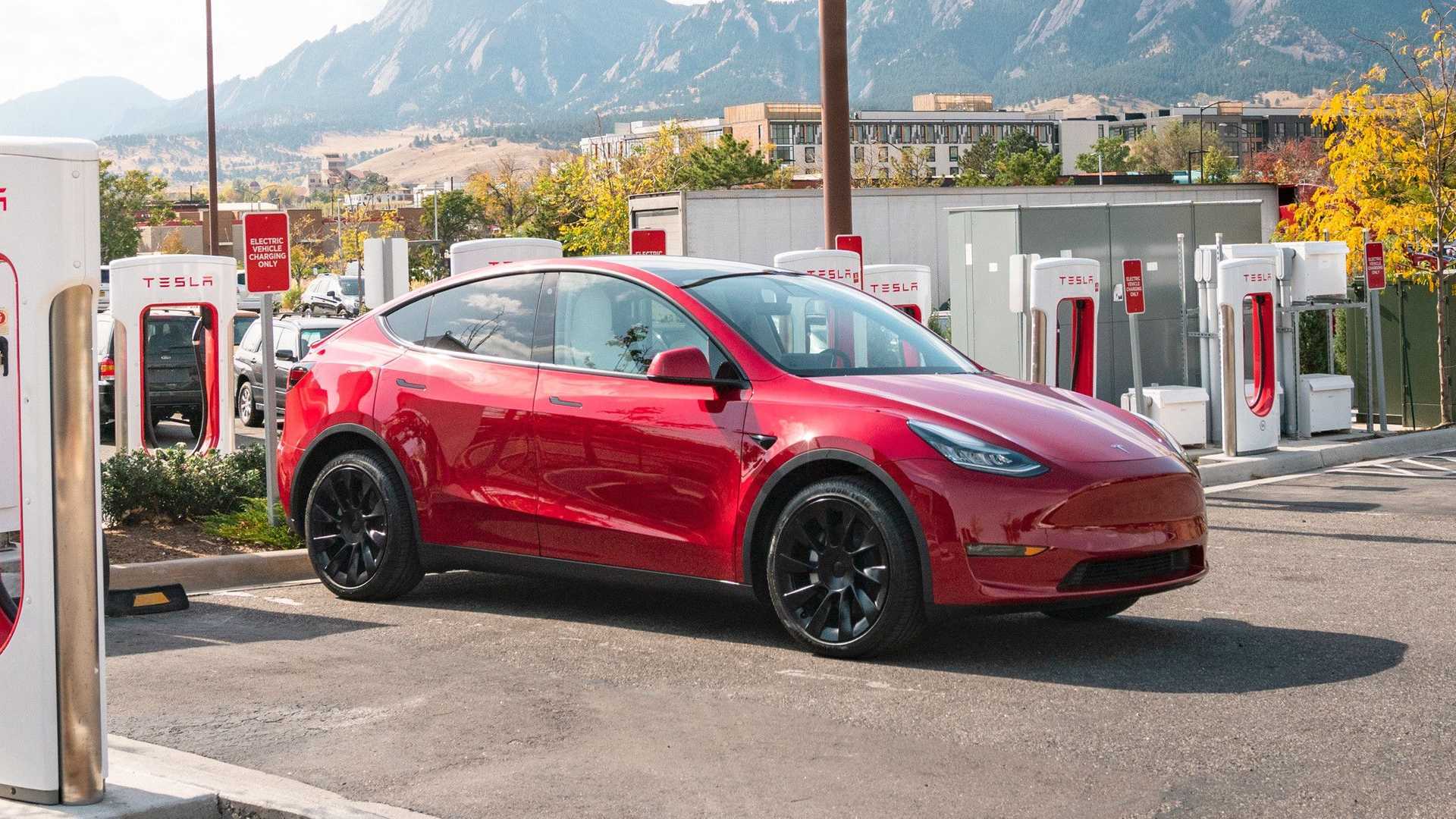Volkswagen is reportedly exploring the possibility of introducing a new electric city car, potentially named the VW ID.1, as a successor to the e-up!. The company has initiated initial planning for the vehicle but faces challenges in its development and market introduction.
The ongoing slowdown in electric vehicle (EV) sales has prompted several automakers to delay their EV launches and revise their EV transition goals. However, Volkswagen remains committed to introducing smaller EVs to appeal to a wider audience. The VW ID.2 is slated to debut in 2025, followed by the VW ID.2 SUV in 2026, with the VW ID.1 potentially arriving in 2027.
During the Financial Times’ Future of the Car Summit in London on May 8, Volkswagen CEO Thomas Schäfer briefly discussed the possibility of launching the VW ID.1 as the e-up! successor. While several factors will influence this decision, Schäfer emphasized that the current EV sales slowdown in Europe would not be a hindrance.
Schäfer indicated that the VW ID.1 could be introduced “probably 2027 onwards,” with Volkswagen aiming to finalize plans before summer. Given the price sensitivity of this segment, Volkswagen will need to focus on cost competitiveness.
Volkswagen is developing a new low-cost EV platform for China called the ‘China Main Platform (CMP),’ with plans to launch at least four models based on it from 2026. However, Schäfer ruled out importing the ID.1 from China, suggesting that a partnership with another automaker or platform sharing could be the way forward.
One speculation is that Volkswagen may utilize the next-generation Twingo’s platform from Renault for the ID.1, potentially outsourcing production to achieve economies of scale.
The decision to proceed with the VW ID.1 will also depend on the availability of technology at the desired price point. Volkswagen is aiming for a range of 300 km for this model, as Schäfer believes that a lower figure of around 150 km would not be attractive to customers.
If all goes according to plan, Volkswagen may announce the VW ID.1 in the second half of the year.







